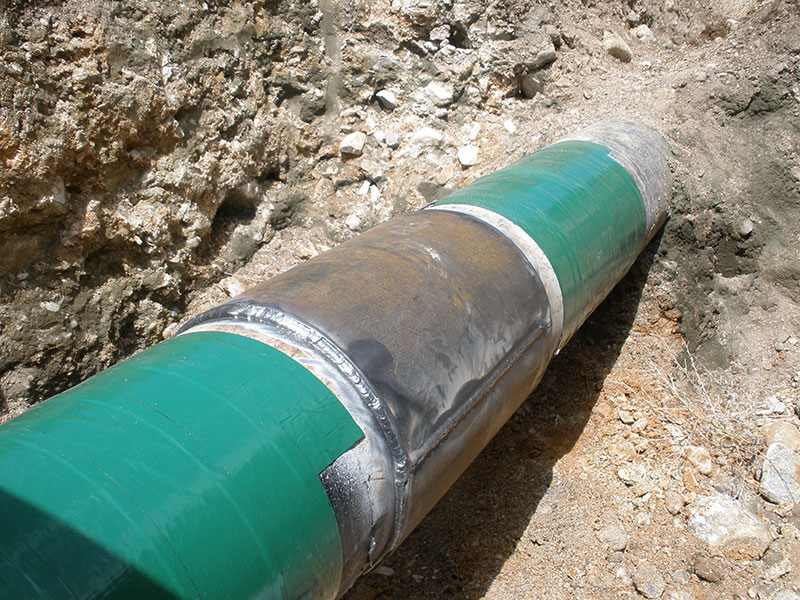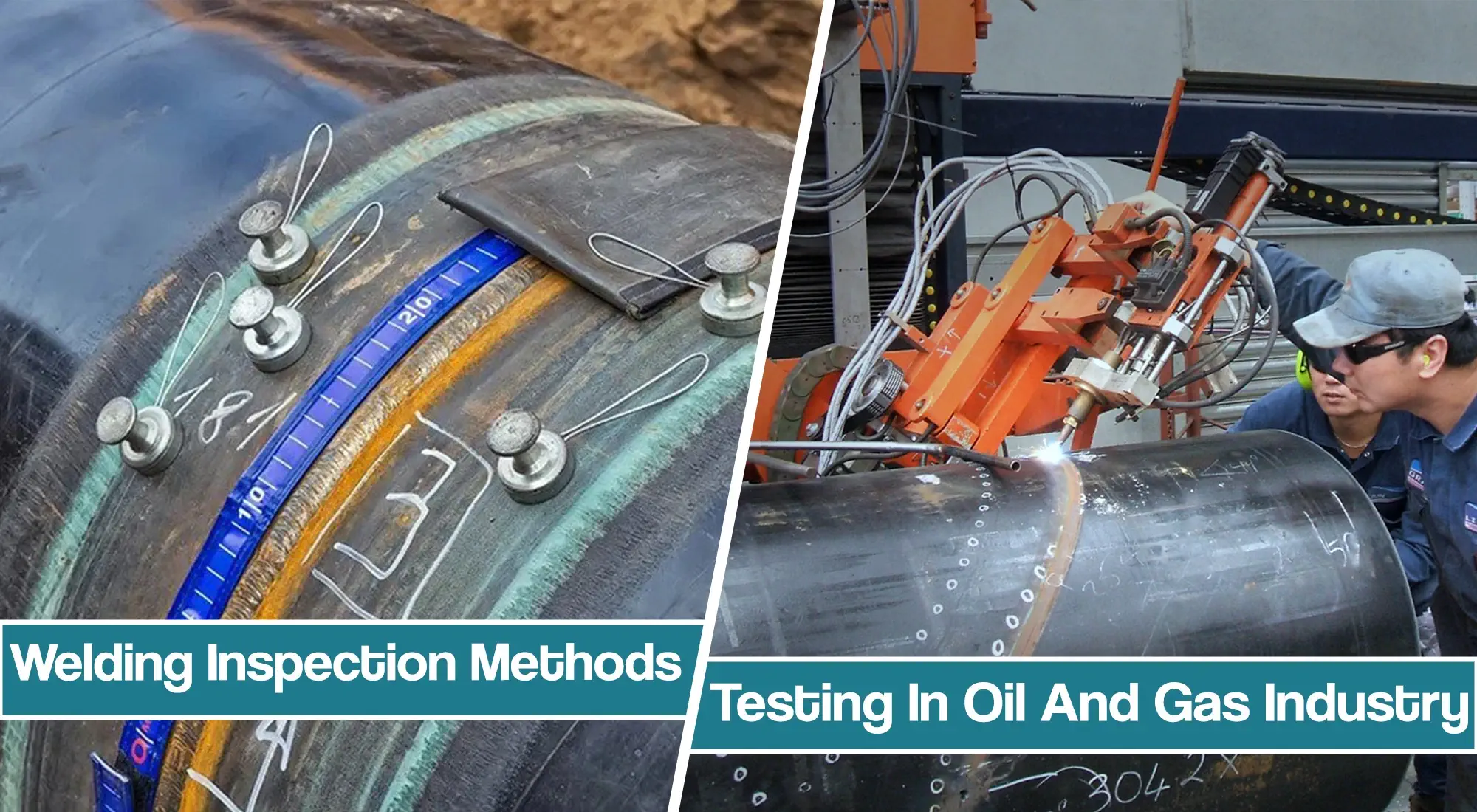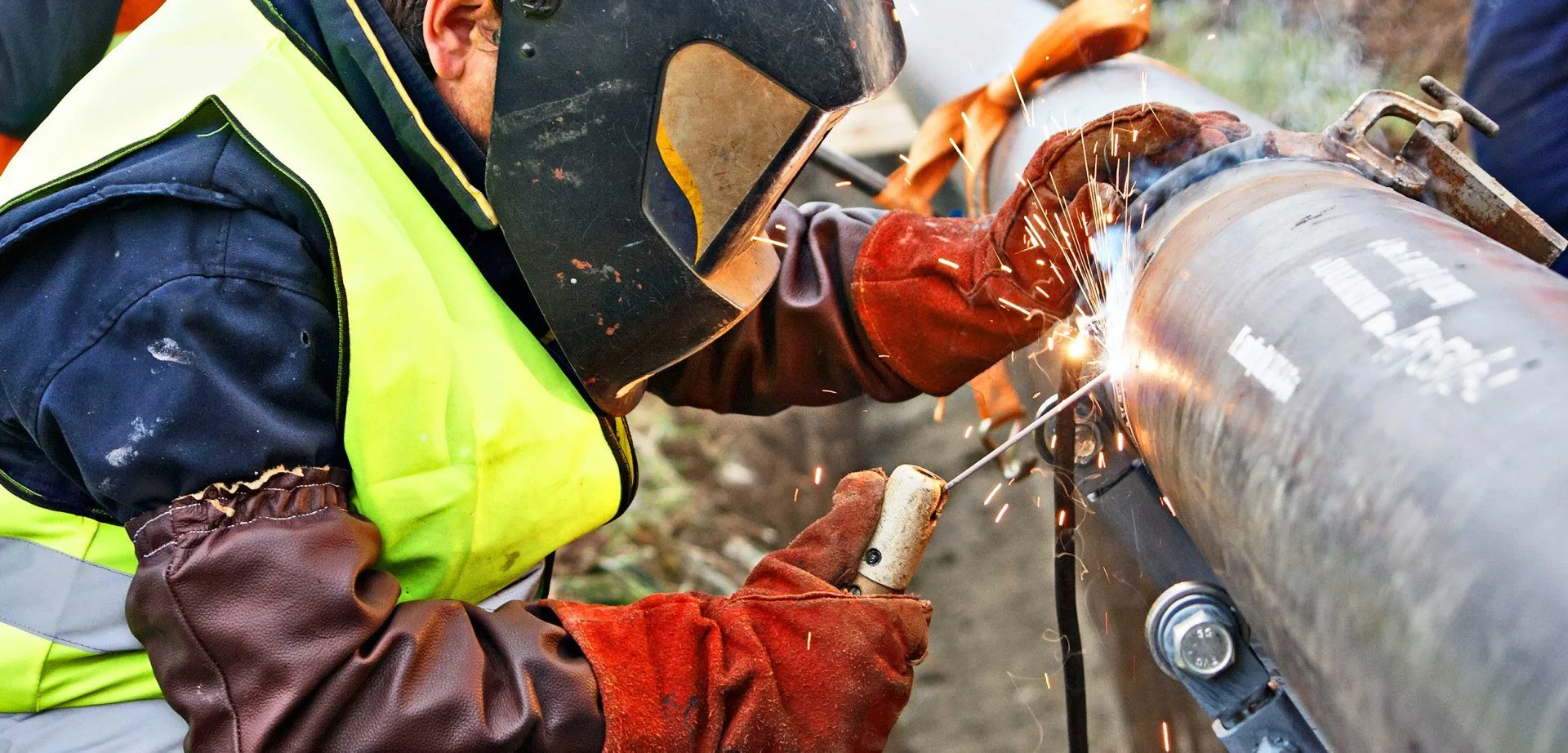Comprehensive Pipeline Welding Inspection: Protecting Infrastructure Stability
Wiki Article
Comprehensive Overview to Pipeline Welding Evaluation: Making Sure Honesty and Safety And Security in Pipeline Construction and Upkeep
The integrity and security of pipes are paramount in today's framework landscape, emphasizing the crucial function of welding examination in pipe building and upkeep. Pipeline Welding Inspection. The intricacies entailed in welding inspection raising essential inquiries about sector requirements and the advancing technologies that may redefine these practices.
Relevance of Welding Examination
Welding examination plays a critical role in guaranteeing the stability and security of pipeline systems. It serves as an essential process that validates the quality and reliability of welded joints, which are usually one of the most weak spots in pipeline building. With systematic assessment, inspectors can identify possible issues such as fractures, porosity, and incomplete combination, which might jeopardize the structural honesty of the pipe.The importance of welding inspection expands beyond simple compliance with market criteria; it likewise safeguards public wellness and the environment. Complete inspections can enhance the durability of pipe systems, decreasing the requirement for costly fixings and downtime.
In addition to making sure safety and security and compliance, welding assessment fosters a society of top quality assurance within organizations. By prioritizing assessment throughout the welding process, business can construct a reputation for integrity and excellence, eventually bring about increased customer confidence and organization opportunities (Pipeline Welding Inspection). Thus, the value of welding assessment can not be overstated in the context of pipeline construction and maintenance
Key Welding Procedures
Various welding procedures are employed in pipe building and construction, each with its very own benefits and applications. Amongst one of the most extensively made use of methods are Shielded Steel Arc Welding (SMAW), Gas Tungsten Arc Welding (GTAW), and Gas Metal Arc Welding (GMAW) SMAW is favored for its adaptability and capability to do well in different ecological problems, making it ideal for area applications.GTAW, frequently referred to as Tungsten Inert Gas (TIG) welding, is recognized for its capability to create top notch welds with exceptional control over warm input, making it excellent for thin-walled pipelines and stainless-steel products. GMAW, or Metal Inert Gas (MIG) welding, supplies high deposition prices and is reliable for massive jobs, frequently utilized in the construction of pipelines in controlled settings.
Furthermore, Immersed Arc Welding (SAW) is used for its deep penetration and high performance, especially in the building of large-diameter pipes. Each of these processes adds to the general integrity and safety and security of pipe buildings, allowing welders to choose one of the most suitable method based on product type, job demands, and environmental conditions. Recognizing these essential welding procedures is vital for effective pipe welding evaluation.
Common Flaws and Their Effect

Porosity, defined by small gas pockets caught within the weld, compromises the material and can lead to leakages. Fractures, which might occur due to thermal stresses or incorrect cooling, can result and circulate in architectural failure under pressure. Undercutting, where check this site out the base steel is deteriorated along the weld grain, decreases the effective cross-section of the pipeline, increasing the risk of crack.
Incomplete fusion takes place when the weld metal does not correctly bond with the base steel, leading to weak areas that might fail under stress. Slag incorporation, the entrapment of non-metallic material within the weld, can additionally deteriorate the joint's honesty. Recognizing and attending to these defects early in the building and construction process is vital to making sure the long-term integrity and security of pipe systems, thus securing both the infrastructure and the setting.
Evaluation Methods and Tools

Visual examination is the first line of protection, permitting inspectors to identify surface irregularities, misalignment, or other noticeable flaws. Ultrasonic testing uses high-frequency sound waves to spot inner problems, providing precise depth measurements and identifying flaws without harming the weld. Radiographic testing uses X-rays or gamma rays to produce photos of the weld, allowing the recognition of internal spaces, cracks, or incorporations.
Magnetic bit testing is especially effective for identifying surface and near-surface suspensions in ferromagnetic products. This technique entails using an electromagnetic field and fine iron bits to the weld, disclosing problems through the buildup of particles at imperfection websites.
In addition to these methods, specialized tools such as automated ultrasonic screening tools and digital radiography systems improve inspection accuracy and effectiveness, ensuring a comprehensive assessment of have a peek at this site pipeline welds throughout construction and maintenance.
Finest Practices for Conformity
Abiding by best techniques for conformity in pipe welding inspection is important for making sure the honesty and safety of the infrastructure. Organizations should establish a detailed top quality management system that aligns with industry standards such as ASME, API, and AWS. This includes developing thorough welding treatments that define the strategies, products, and credentials needed for welders.Normal training and accreditation of assessment workers are vital to preserve high proficiency levels. Inspectors should recognize with numerous non-destructive testing (NDT) approaches, consisting of ultrasonic testing, radiographic testing, and aesthetic inspection, to properly recognize prospective problems.
Documentation plays a vital role in conformity; preserving accurate documents of examinations, weld treatments, and employees certifications helps to make certain traceability and responsibility. Scheduled audits and reviews of welding techniques must be conducted to recognize areas for renovation and make certain adherence to developed procedures.

Verdict
In conclusion, the execution of rigorous welding assessment methods is extremely important for guaranteeing the honesty and security of pipe building and construction and upkeep. Continual enhancement in examination processes will certainly add to the long life and reliability of pipeline systems, emphasizing the vital duty of welding inspection in the sector.The integrity and security of pipes are critical in today's facilities landscape, emphasizing the crucial duty of welding assessment in pipe building and maintenance. Understanding these essential welding procedures is important for efficient pipe welding examination.
Adhering to finest techniques for compliance in pipeline welding evaluation is important for making certain the integrity and security of the facilities.In verdict, the execution of strenuous welding inspection protocols is critical for making sure the honesty and safety and security of pipe building and construction and upkeep. Continual improvement in assessment processes will contribute to the longevity and reliability of pipeline systems, emphasizing the critical function of welding examination in the sector.
Report this wiki page